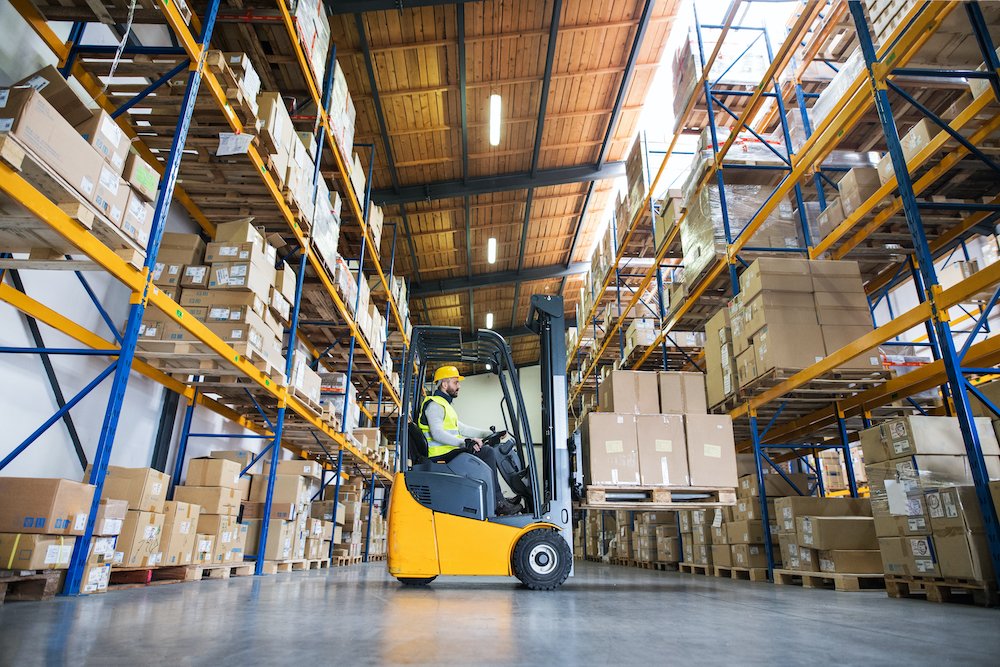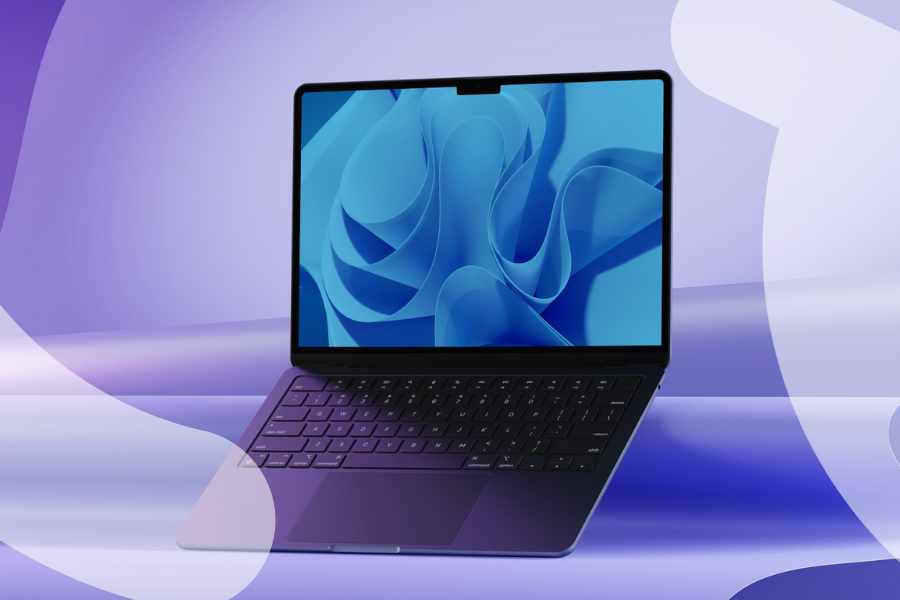In this article, I’d like to explore a few Sharepoint migration best practices. By following these, you will maximize your chances of success when its time to tackle your migration.
Best Practice #1: Define Success
The first thing you should always do when you are getting ready to migrate is to define what a successful migration will look like. It’s tempting just to say, “Everything is the same”. But if you really want things the same, then why are you migrating in the first place?

Some questions that you should ask yourself are:
- Why am I undertaking this process in the first place?
Is the goal to retire the old system and thus not pay for it anymore, or do you want to take advantage of some features of the new system that we didn’t have before (like versions in SharePoint, or easy sharing of files)? When you can define the reason for the migration you can also assess its value to the organization. For example, if another cloud provider has a renewal date coming up and getting migrated out of that will save the company $500,000, then you have a compelling reason to get the migration done by a specific date.
- When does it need to be completed by?
The worst migrations are the ones that don’t have a solid date to end them because they tend to never get completed.
- What tools will we use to migrate content?
There are plenty of free SharePoint migration tools out there to migrate content but remember that you tend to get what you pay for. If you only need to move a little content and are OK with spending time reorganizing that content once its migrated, then a free tool might be enough. If you want to transform that content (and you almost always do), then you are going to want a tool. If you want to automate the migration, then you are going to want a tool. Balance the cost of your (and all the end users) time with the cost of the tool.
Best Practice #2: Involve End Users
Remember that the people most affected by your migration are the ones that are often not involved until the very end of the migration. We don’t want to do that.
We need to involve selected groups of end users in our process early on. Some of these will be content owners who are critical to our ability to succeed in the migration, but especially if we are redesigning our taxonomy, information architecture, or feature set, we are going to want to make sure that we involve the users to increase our chances of a successful SharePoint migration. If we are going to involve the end users, there are several techniques that we should implement.
- Build a communications plan that creates a framework for all your communications. You should communicate regularly and tell your users what is happening when it is happening, how that will affect the users, and what is expected of them. Remember that communication isn’t just sending out an email to the organization, but it is using every channel (email, news items on the intranet, social media posts, Teams posts, QR codes on posters, town hall meetings, staff meetings, and peers talking to each other. A good communications plan should incorporate all these channels and should expect that different types of users receive communications differently.
- Understand your end users by building personas to understand their communications, learning, and work styles. Personas allow you to look at types of users as opposed to departments or jobs to make crafting communications and training more effective.
- Identify champions across the organization who want to learn the new tools/features. These users will form the foundation of your end user outreach and you will want to provide them with deeper training and use their feedback to help craft communication and training that will be delivered to the end users. They also become peers that are available to teach their co-workers one on one when they need it.
Best Practice #3: Clean Before You Move
For a very long time, I have used the metaphor of moving when talking about best practices for Sharepoint migrations.

It is relatable and quite accurate to how we think about SharePoint migration steps. When we are moving from one residence to another, we assess what we own and decide what should be moved to our new home. We might have a yard sale to get rid of old things or donate them to charity, but we do look for Redundant, Obsolete, and Trivial items.
In the M365 migration world, we call that R.O.T. analysis and it is a critical part of your migration effort. Let’s return to the moving metaphor for a minute. When you move, we get rid of unneeded things prior to our move because it takes effort to move something, and we don’t want to move a couch or a dresser that we aren’t going to use anymore. We get rid of it first.
Migrating content has the same principle. We want to limit the content that we end up moving because it takes time to migrate it, time to validate that it was migrated, and then time to get rid of it since we don’t want/need it anymore. If we move our bad data into our new system then we end up with the same problem in the new location, and we are so busy getting used to the new place that we likely forget about that old data and just leave it there.
Best Practice #4: A Place for Everything and Everything in its Place

As we move our content into its new home, this is the time to organize everything. We want to take advantage of new features for displaying, searching and organizing our information, and that likely means that we will need to add metadata tags or change the folders that content currently resides in as it is moved to the new location.
This is complex and time-consuming, but worth it because, much like the clean-up, if we don’t do this as part of the migration, it won’t happen later. Oh, we will say that we will, but our experience has shown that the impetus to change ends with the migration project and people are more concerned about doing their daily jobs than re-organizing.
So, plan to do that re-organizing during the migration if you want it to happen at all. One trick here is to realize that our users will be excited to have their content in a fresh and new interface so use that as part of your change management communications where you show them how the new system will benefit them in their daily lives. This will build interest and support for your SharePoint migration and help with your efforts to get them to clean up and re-organize as part of the move. If you are migrating into SharePoint Online as an example, you will want to use Modern Sites and that will likely mean transforming your Classic Sites as part of the migration.
Best Practice #5: Avoid Shortcuts

Migrations are hard work if you want them done the right way. You will be tempted just to grab everything and move it to the new location, also called a “lift and shift” migration, but you should hold firm in your stance to avoid that type of migration. It sounds faster, easier, and cheaper, and the project will be, but the effort for your end users across your organization will be much more in the long run.
You will also hurt your chances of getting people to adopt the new system because it will have the same issues that they had with the old system. This especially is a problem when you find out that your existing system has integrations, customizations, and fully developed solutions that run inside of it or against it. This might be a back-end system that drops files into a file share or a SharePoint full trust solution that won’t run in SharePoint Online.
Not thinking each of these issues through or hoping for the best can lead to major disruptions to your migration. Don’t take it for granted that there aren’t any third-party solutions or integrations, but run SharePoint migration tools like the SharePoint Migration Assessment Tool to find issues like long file names, invalid characters, and more.
Bringing It All Together
If you are prepping for migration, you should think about these SharePoint Migration Best Practices before you start. This will increase your migration success rate.
- Define your success by understanding what you need and what tools you will use
- Involve the end users so that they can help you design the new solution and help build interest in the new system
- Do your R.O.T. Analysis before you move so that you only migrate what you need
- Organize your new content and take advantage of new features
- Don’t just lift and shift that data you will just end up with the same problems in a new location
Stay tuned for part 2 of this blog series, where I will breakdown the various types of SharePoint migrations.

;)


